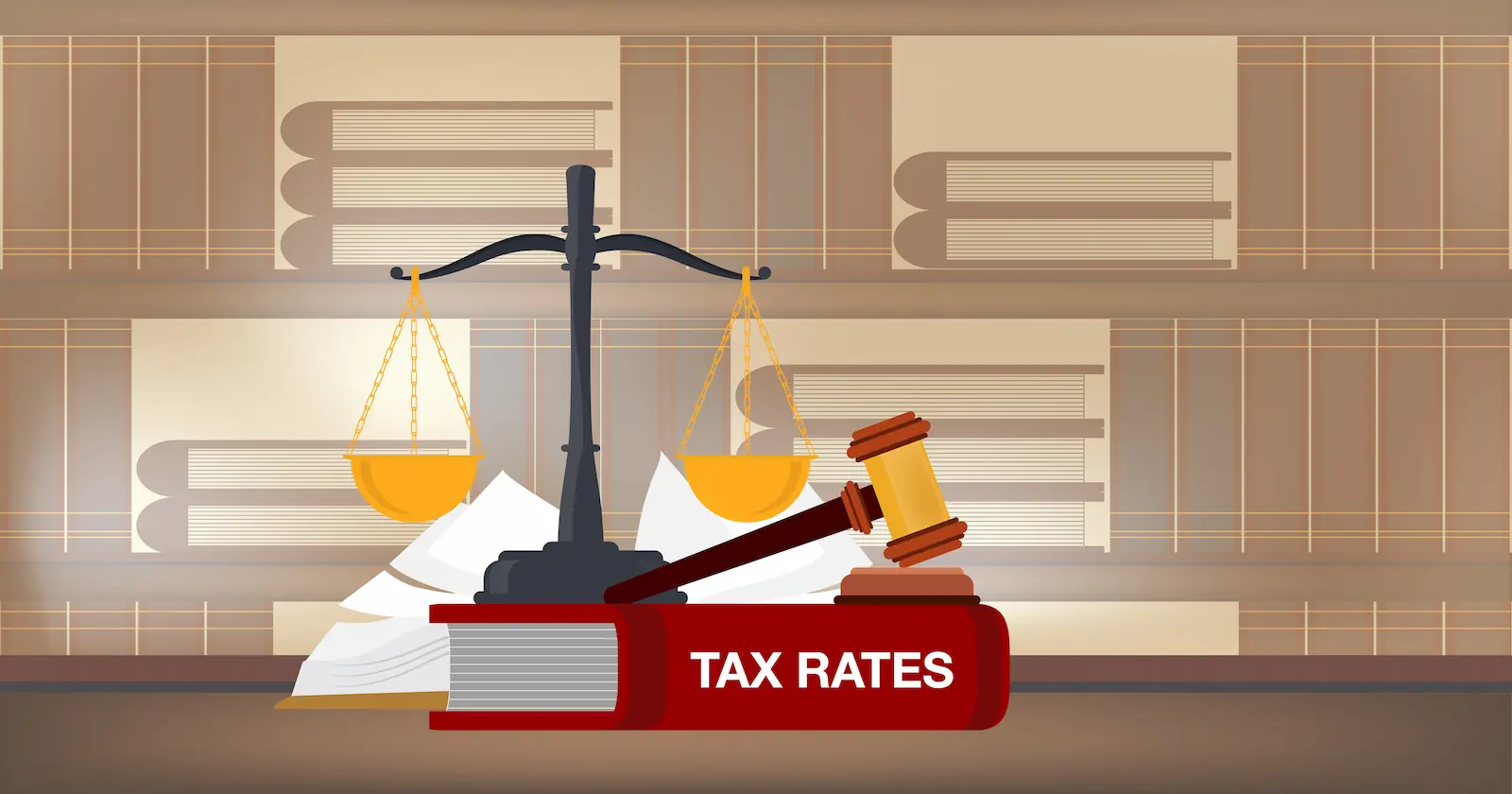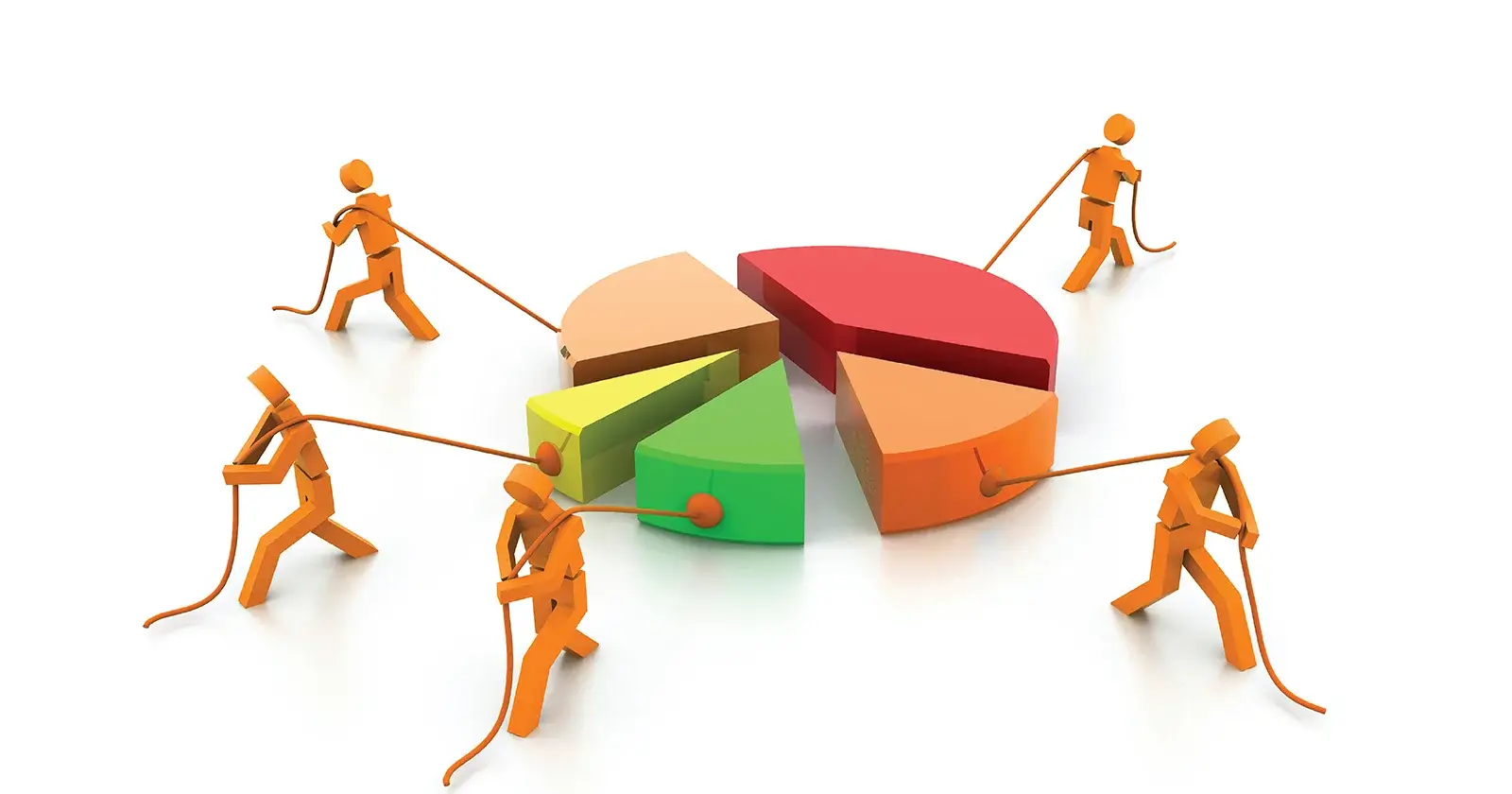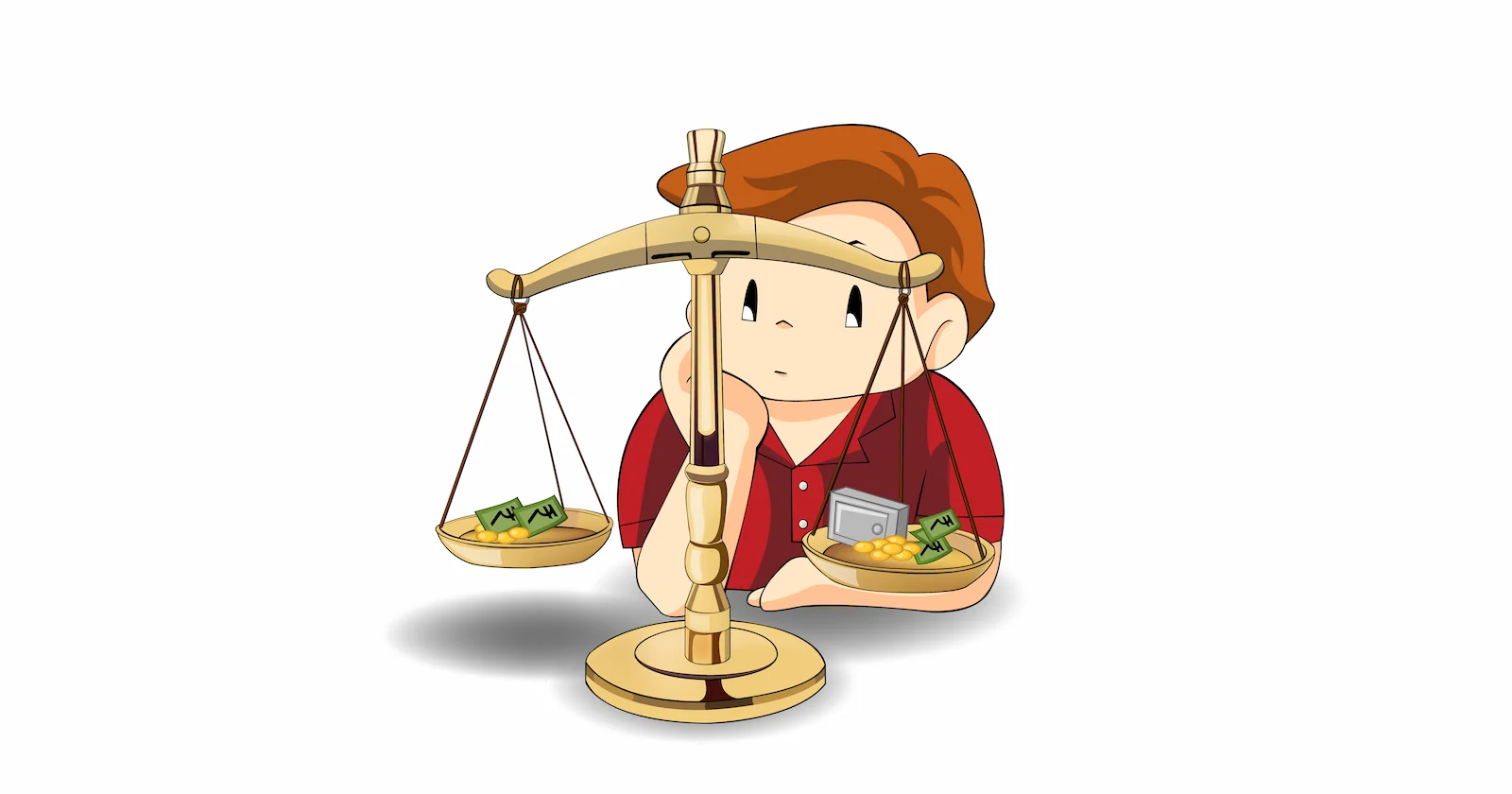The history of India’s income-tax rates is fascinating. From as high as 99.75% and 11 tax slabs to a minimum of 5% and 3 tax slabs, the rates were changed several times.
Below mentioned are the 11 main scenarios where the tax rates changed in India after Independence.
- The first one is from 1949-50: India’s first finance minister, John Mathai, reduced Anna income tax up to ₹10,000. In the first slab, the reduction was made of an Anna with nine pies and two Annas with "nine pies" on the second plate.
- In 1974-75: Several changes were made into the income tax rates. Below mentioned are some highlighted ones:
- The maximum Income tax rate was lowered to 75% from 97.75%
- Taxes were reduced at all slabs of income tax. This was done by Y. B. Chavan
- There was no income tax for individuals who earned up to ₹6,000.
- The basic rate of income tax was maintained on the income slab at over 70,000 rupees to 70%.
- The surtax rate was reduced to 10% for all levels.
- The joint impact of income tax and premium would be 77% of taxable income in the highest slab. Wealth tax was increased.
- In 1985-86: These changes were made: The income tax slabs were reduced from eight to four. This was done by Vishwanath Pratap Singh.The highest marginal rate of income tax on personal incomes decreased from 61.875 per cent to 50 per cent.
- In 1992-93: It started to look a lot like the current tax structure. Then Finance Minister Dr. Manmohan Singh brought in several changes to the income tax structure as he reduced the number of slabs from four to three. The entry rate was 20 per cent applicable for income between Rs 30,000 and Rs 50,000, a middle slab with a tax of 30 per cent for income between Rs 50,000 and Rs 1 lakh, and a maximum rate for those earning above Rs 1 lakh was 40 percent.
- In 1994-95: After a two-year gap, Dr. Manmohan Singh adjusted the tax slabs slightly but he left rates unchanged. The first slab was fixed from Rs.35,000 to Rs. 60,000, with a flat rate of 20 per cent tax, the second slab was set at Rs 60,000 to Rs 1.2 lakh with a flat rate of 30 per cent tax, and a maximum tax rate of 40 per cent was set for income above Rs 1.2 lakh.
- In 1997-98: P. Chidambaram presented the 'Dream Budget'. He changed the prevailing rates of 15, 30 and 40 per cent with 10, 20 and 30 per cent. Those in the first slab earning Rs 40,000 to Rs 60,000 paid a tax of 10 per cent, 20 per cent in the slab of Rs. 60,000 to Rs. 1.5 lakh, and 30 per cent for all income above Rs. 1.5 lakh. He also raised the standard deduction limit to Rs 100. 20,000, which will apply uniformly to all salaried taxpayers. In addition, it was announced that all employees drawing a salary of Rs 75,000 per annum and contributing 10 per cent to the provident fund would not have to pay any tax.
- In 2005-06: After almost 10 years, Chidambaram again announced essential changes in the tax rates. He announced that there would be no tax on income up to Rs 1 lakh, 10 percent on income from Rs 1 lakh to Rs 1.5 lakh, 20 percent on income from Rs 1.5 lakh to Rs 2.5 lakh and Rs 2.5 lakh Those earning more than Rs 1 lakh had to pay 30 per cent as tax.
- In 2010-11: Pranab Mukherjee changed the income slab after a gap of five years. He announced that people earning up to Rs 1.6 lakh will pay zero tax, Rs 1.6 lakh to Rs 5 lakh income bracket will pay 10 per cent, Rs 5 lakh to Rs 8 lakh bracket will pay 20 per cent will do, and those earning more than Rs 8 lakh will have to pay 30 per cent.
- In 2012-13:He raised the exemption limit from Rs 1.8 lakh to Rs 2 lakh for the general category of individual taxpayers. He also made slight changes in the tax slabs. He announced that those earning up to Rs 2 lakh will not have to pay tax, those earning Rs 2 lakh to Rs 5 lakh will now pay 10 Percent, those earning Rs 5 lakh to Rs 10 lakh will have to pay 20 percent. . percent, those earning more than Rs 10 lakh will have to pay 30 percent
- In 2014-15: With the adoption of the 2015 Finance Act, the wealth tax was eliminated from the 2016-17 taxation year. Arun Jaitley replaced the wealth tax with surcharge of 2 per cent on the super-rich with a taxable income of above Rs 1 crore.
- In 2017-18: Finance Minister Arun Jaitley introduced the current rate of taxation for individuals. Small tweaks have been made since then. The most prominent among these has been the tax rebate of ₹12,500 that effectively ensures that those earning up to ₹5 lakhs do not have a tax liability.
Income Bracket Tax Rate Less than ₹ 2,50,000
Nil
Between ₹2,50,001 to ₹5,00,000
5%
Between ₹5,00,001 to ₹10,00,000
20%
More than ₹10,00,000
30%
-
The Budget 2020 saw the finance minister announce a new tax regime with more tax slabs and lower tax rates. This was long demanded by most taxpayers, but it came with the catch of removal of all the deductions and exemptions that were available under the old tax regime.
To add to this confusion, the finance minister gave taxpayers a choice between the new regime and existing one, leaving it to them to decide which they would like to opt for. All these factors acting together, instead of tax laws getting simpler, they are now more complex.
In the new regime, the number of tax slabs has increased, accompanied by a lowering of rates in the sub-Rs. 15 lakh range. All the exemptions and deductions that were being used by taxpayers in the existing regime won’t be available in the new regime.
Tax Slab (₹) New Tax Rates 0 – 2,50,000
0%
2,50,000 – 5,00,000
5%
5,00,000 – 7,50,000
10%
7,50,000 – 10,00,000
15%
10,00,000 – 12,50,000
20%
12,50,000 – 15,00,000
25%
Above Rs. 15,00,000
30%





Comments